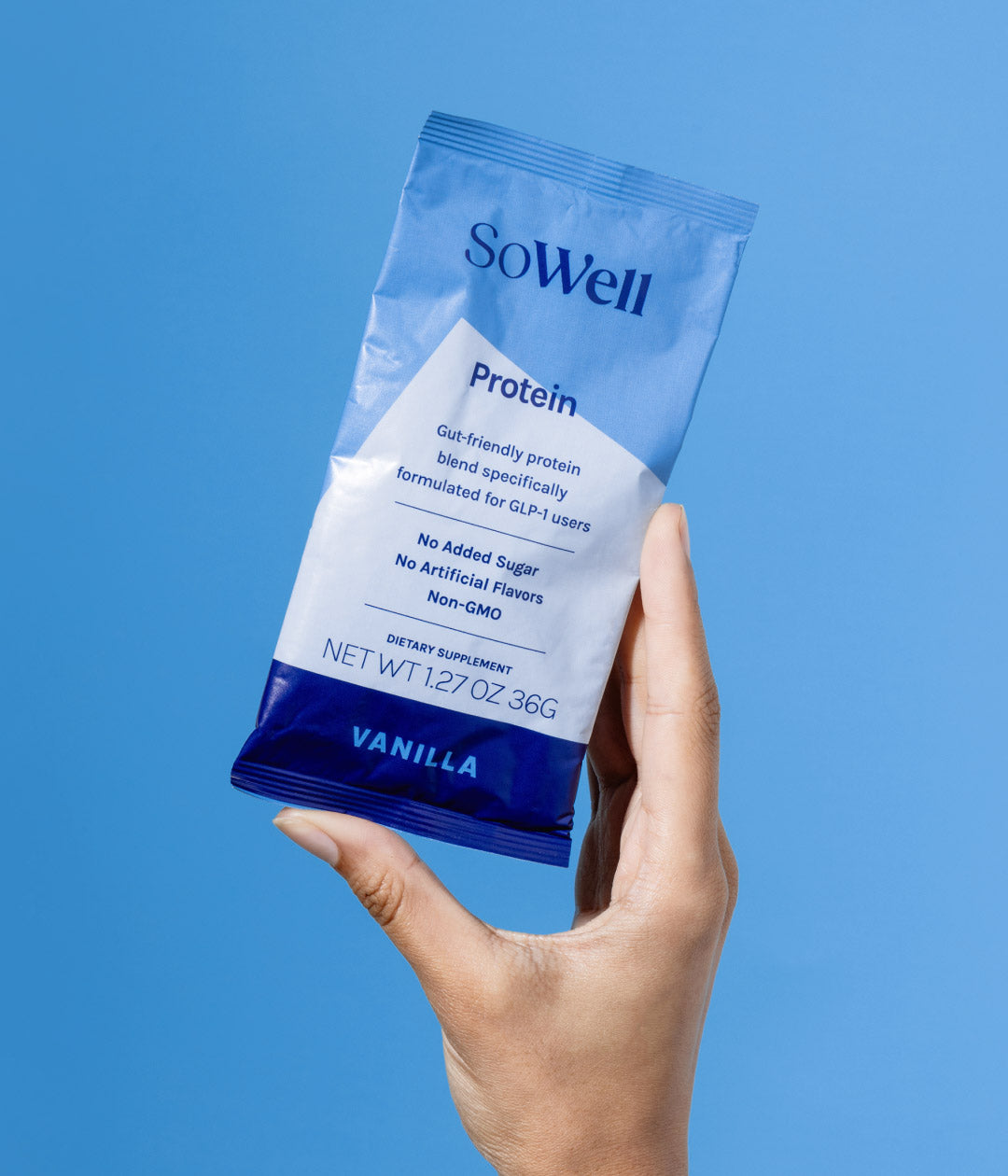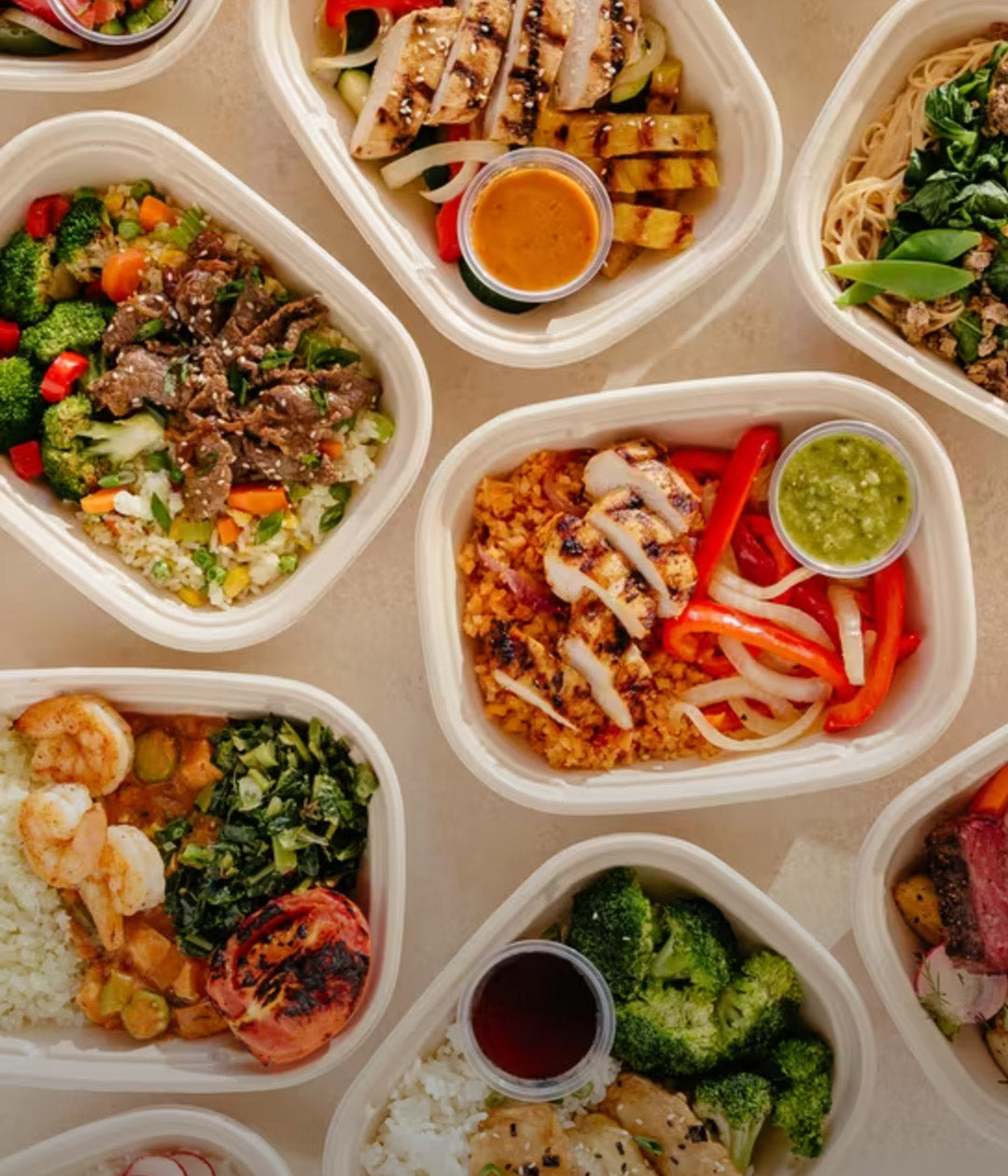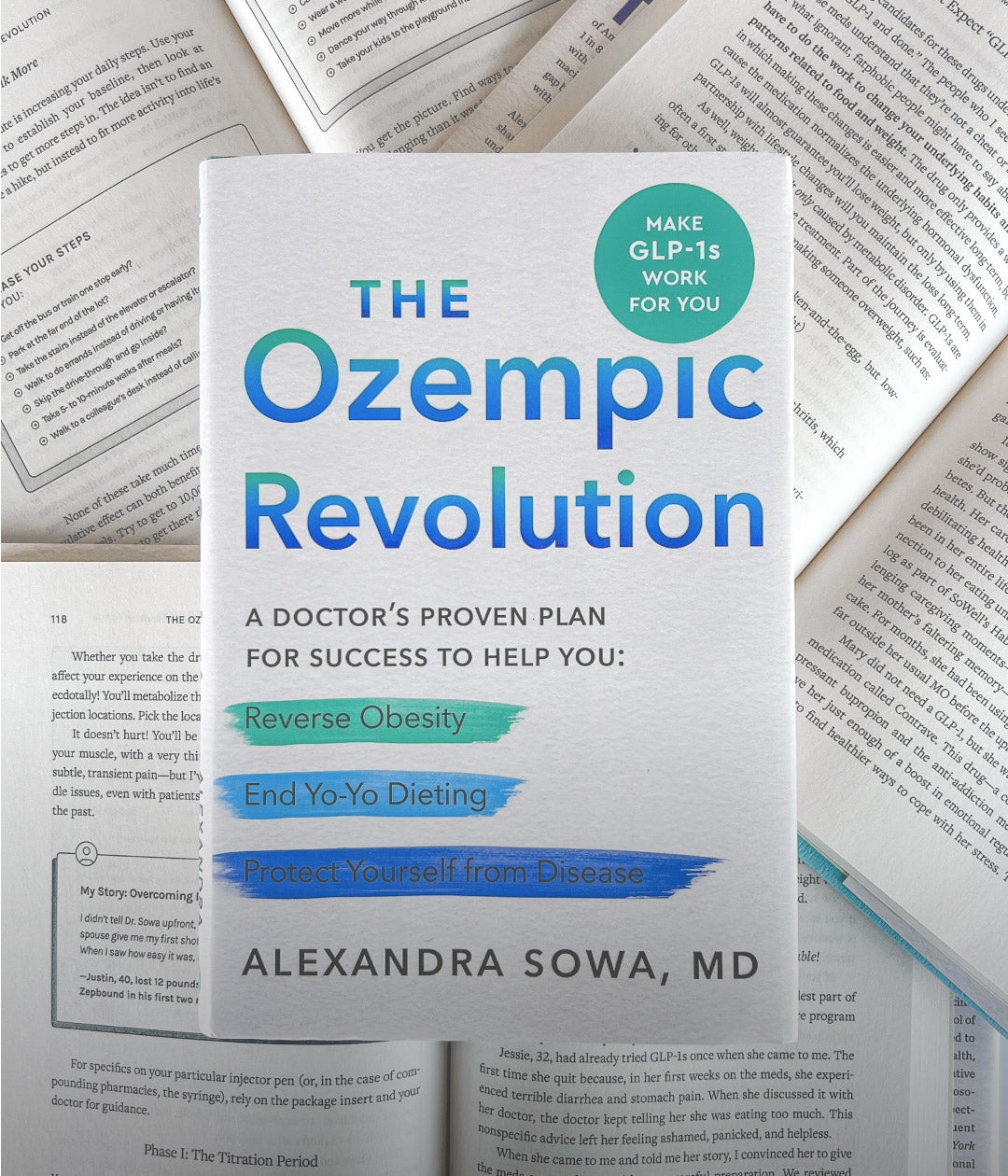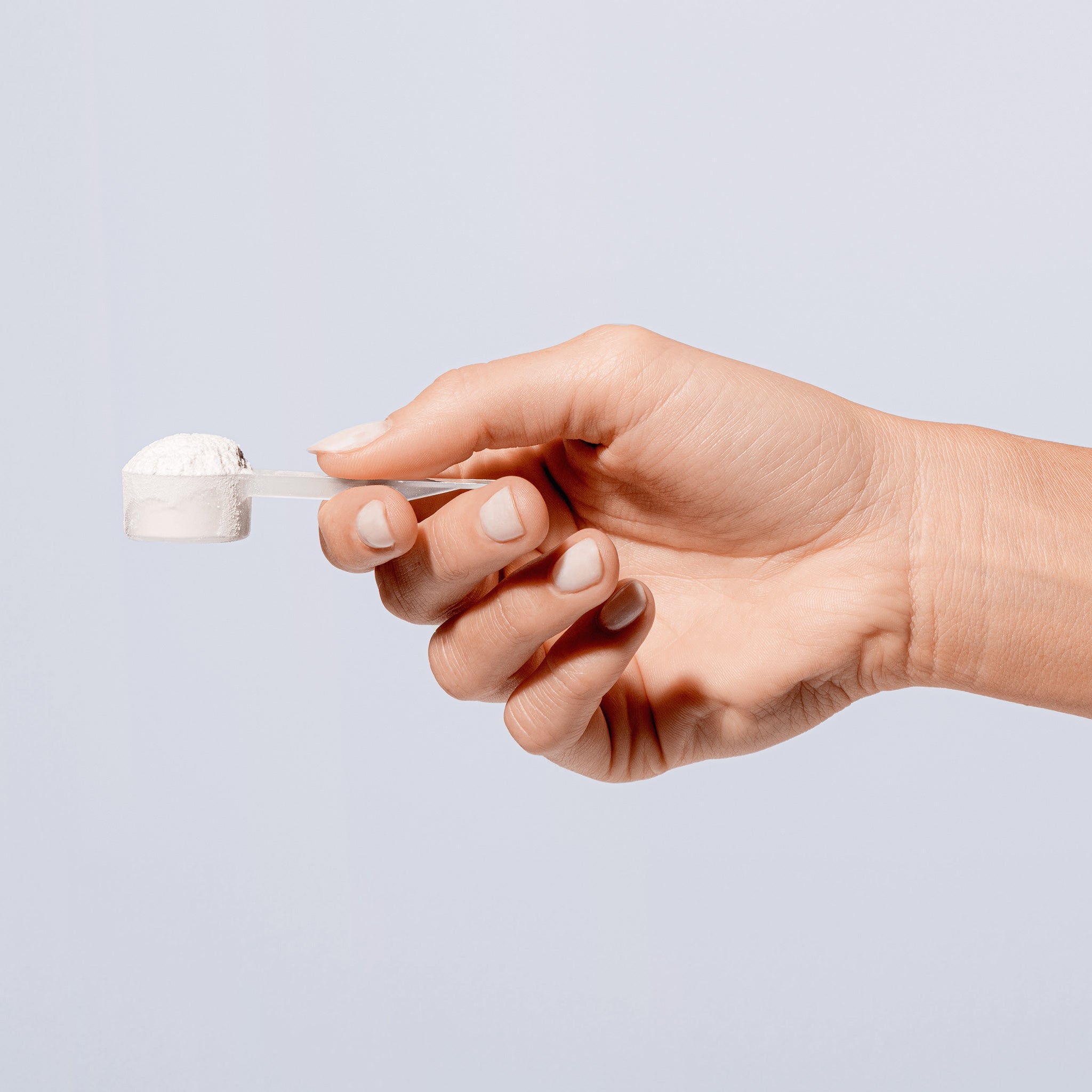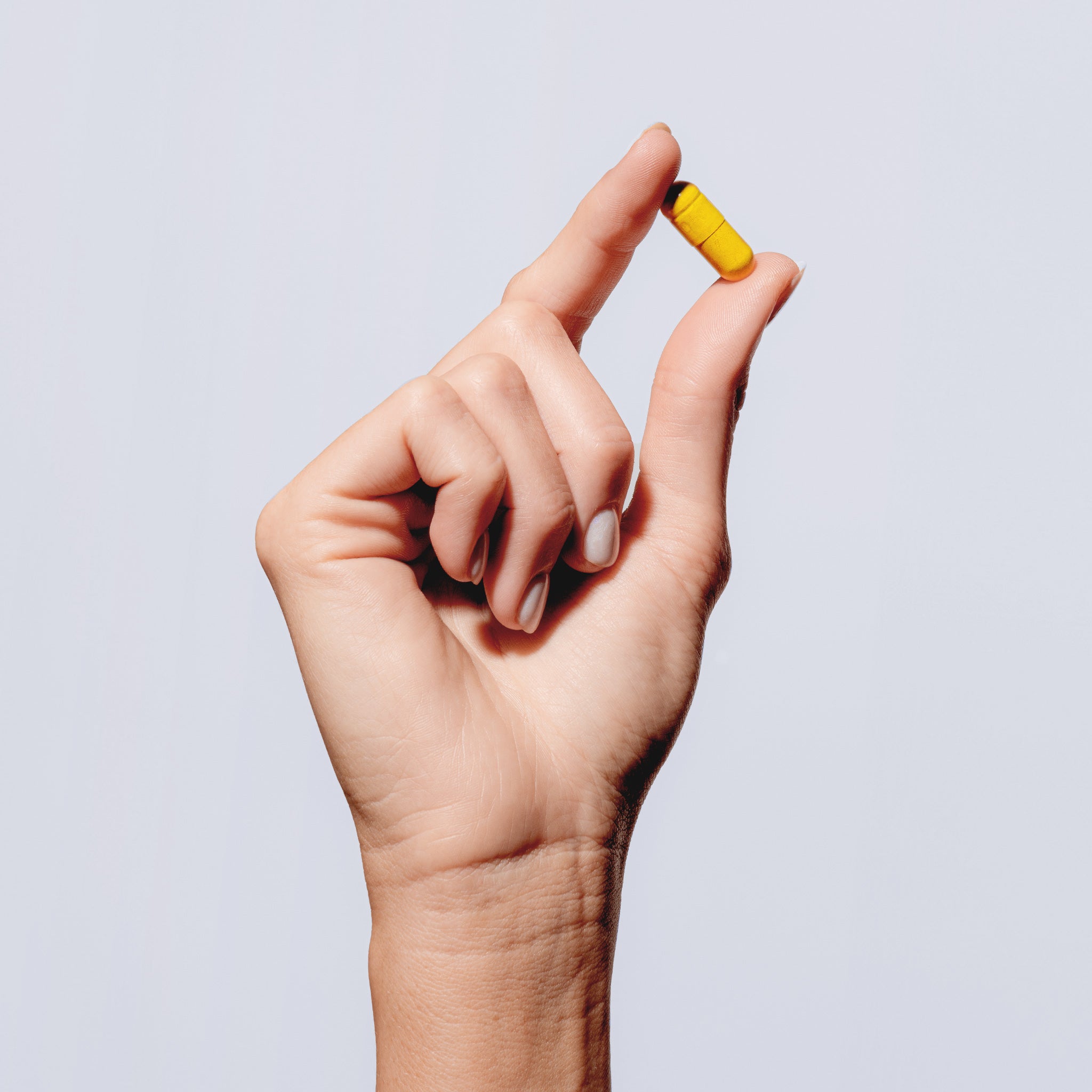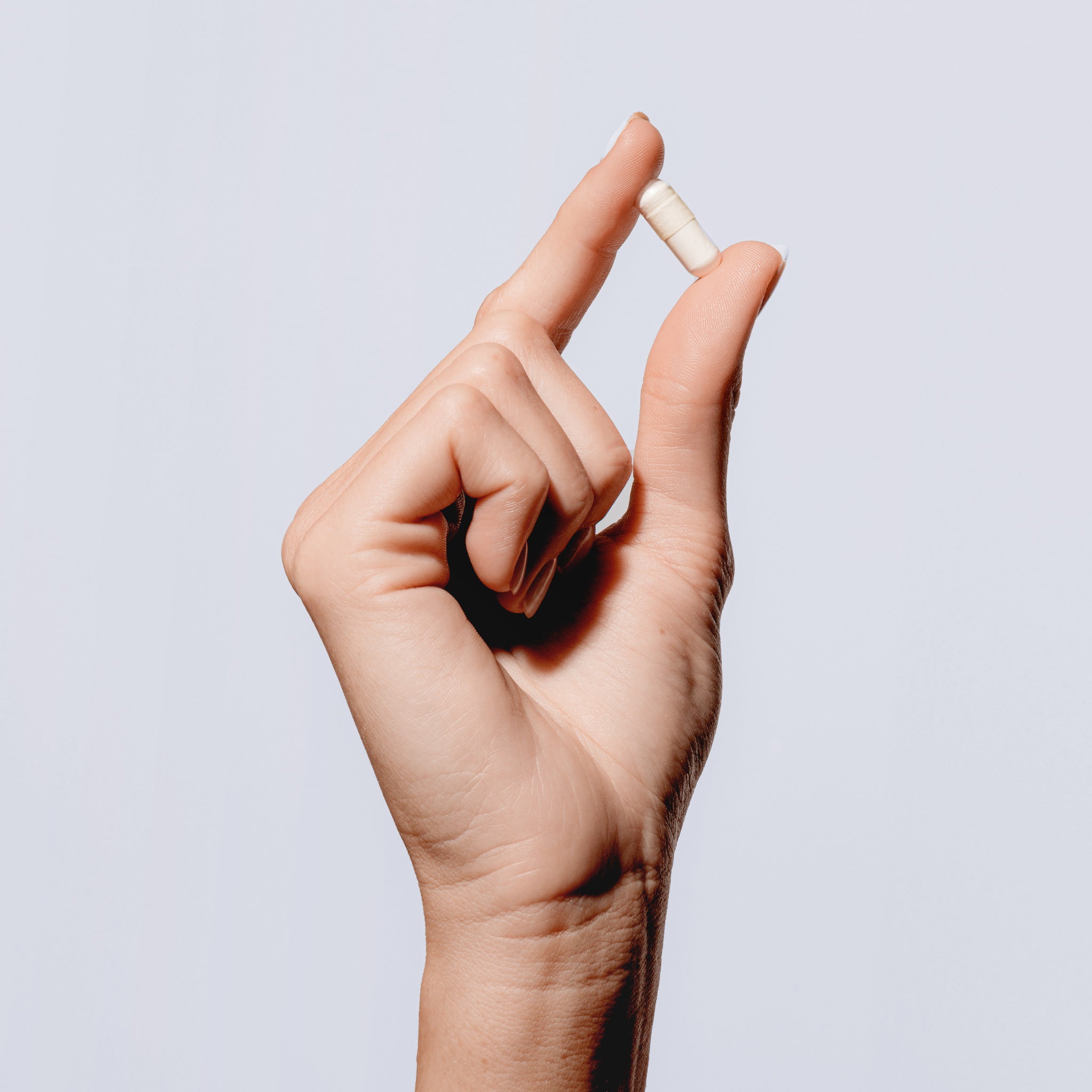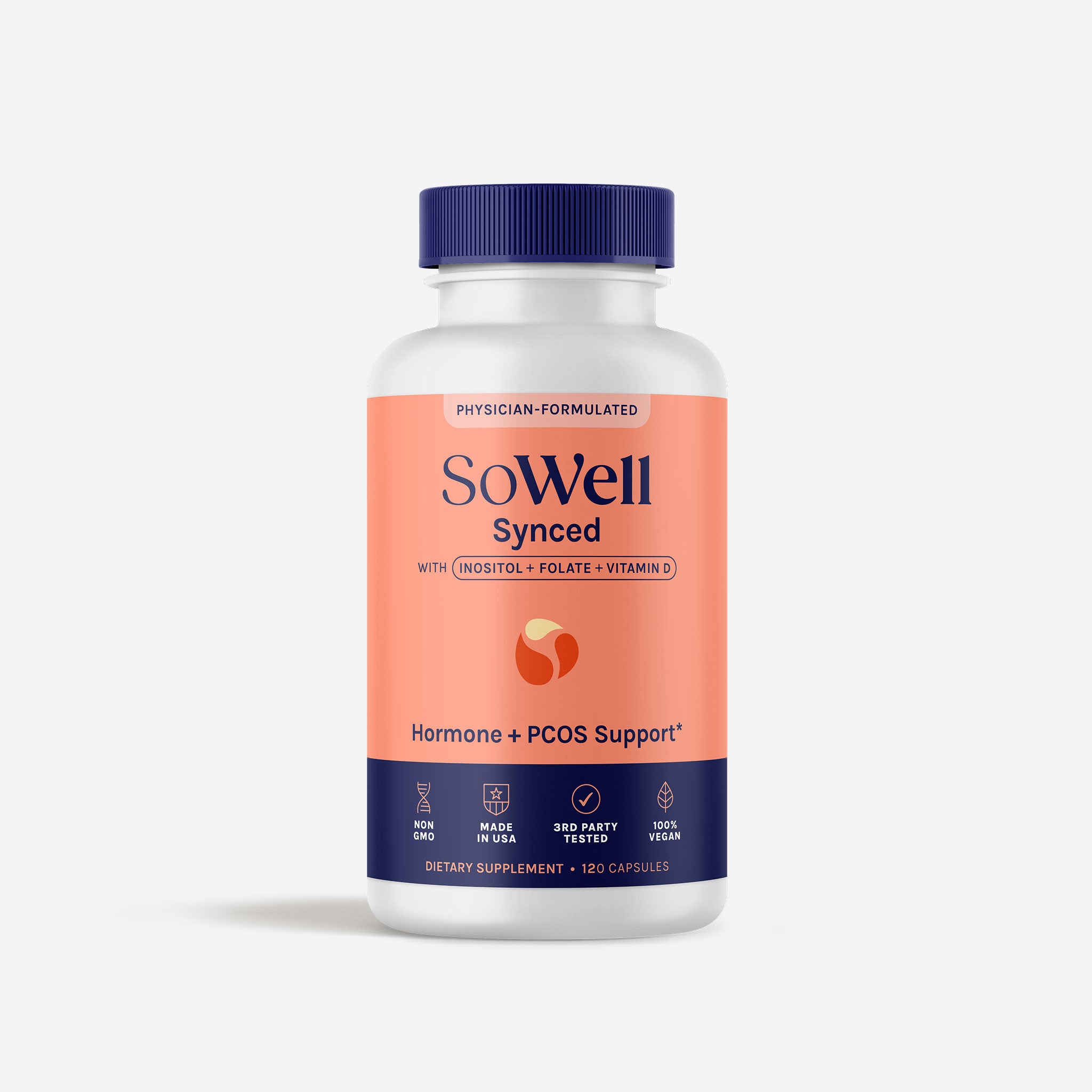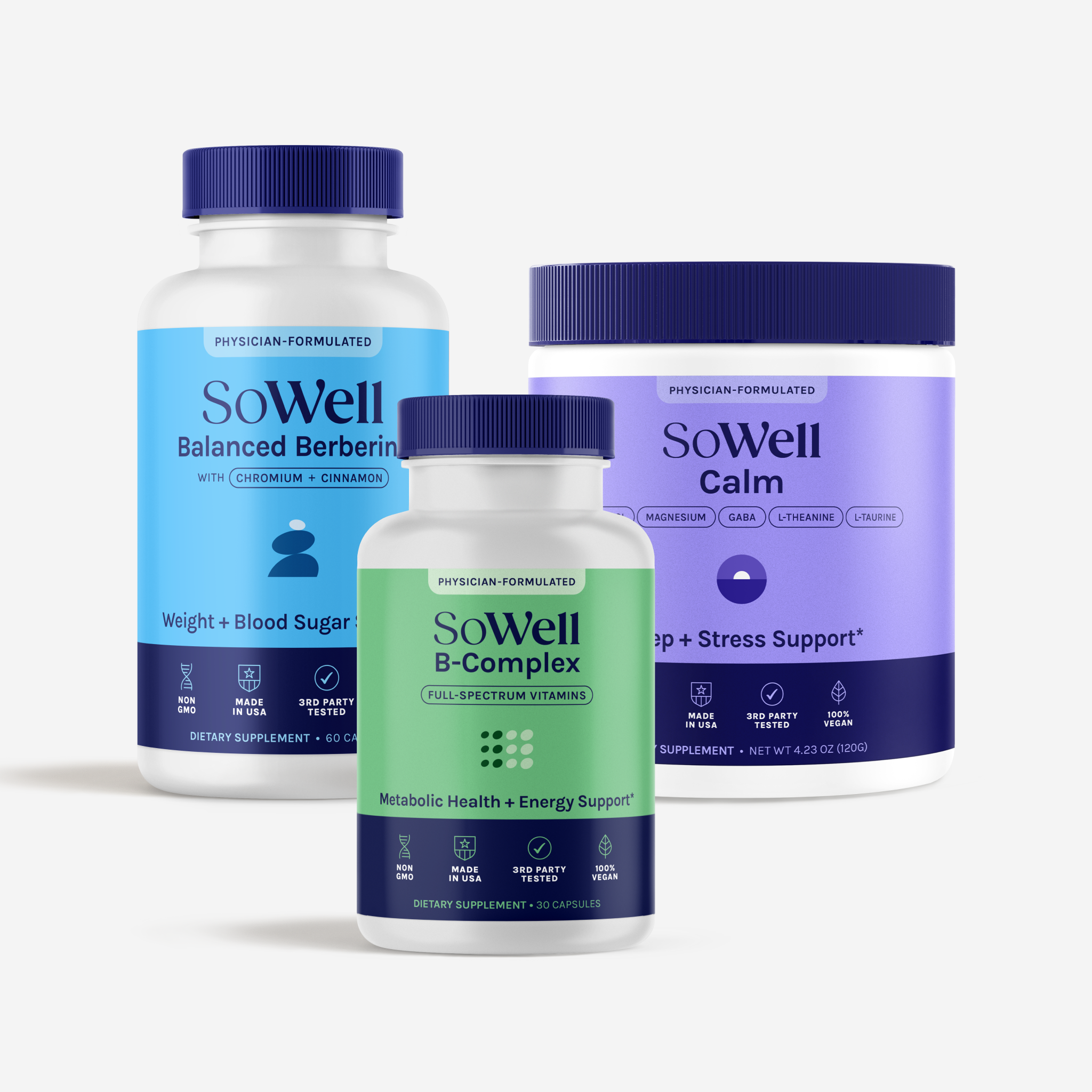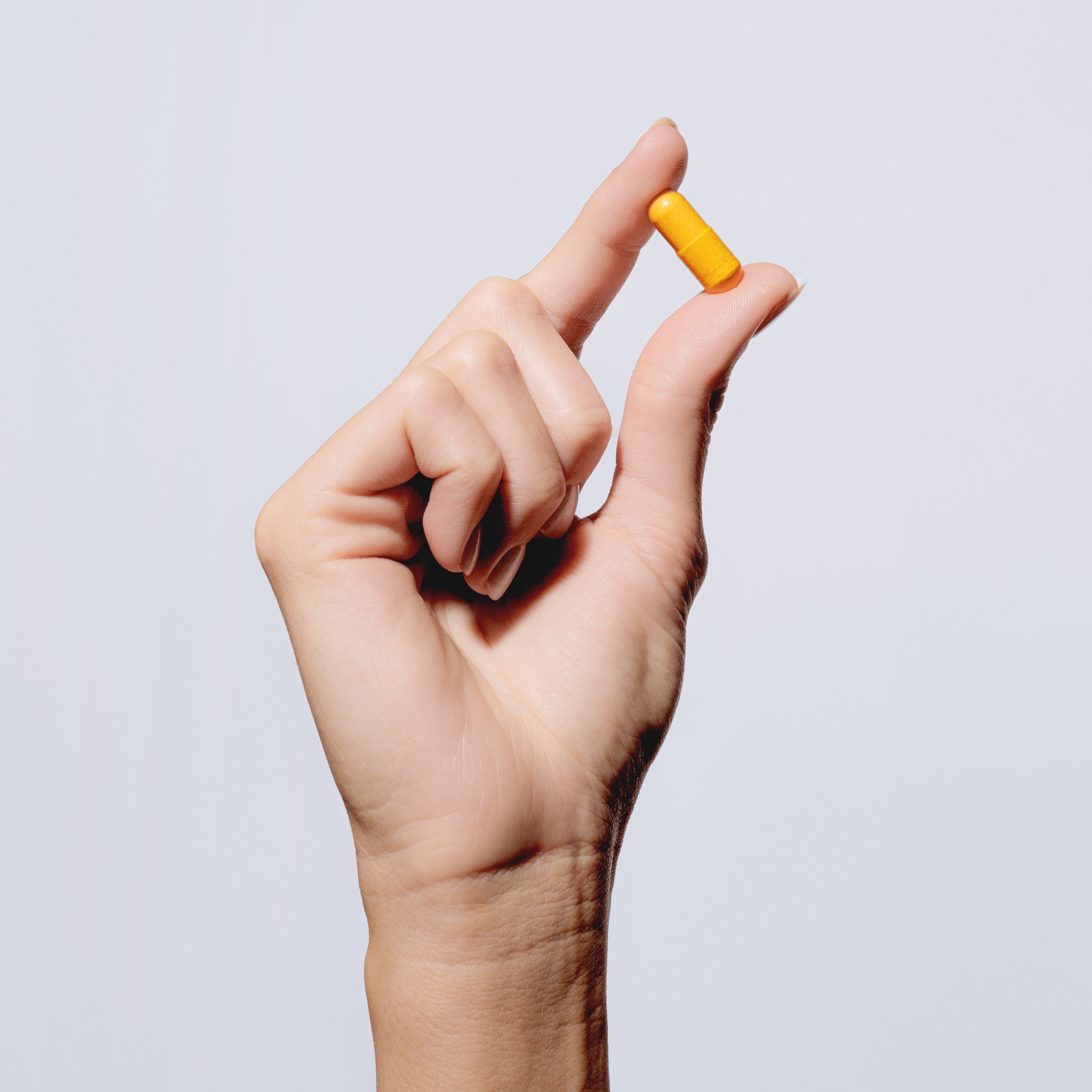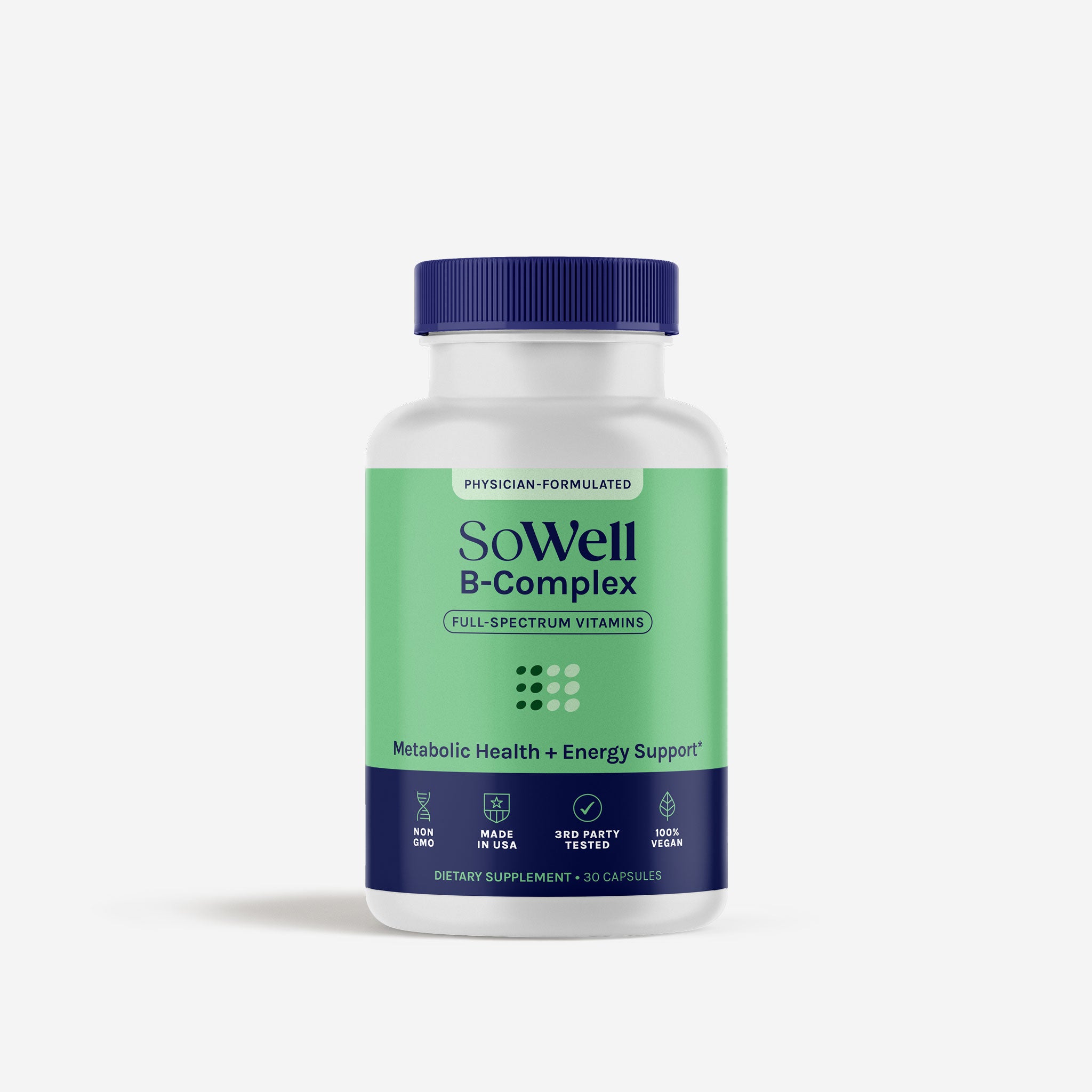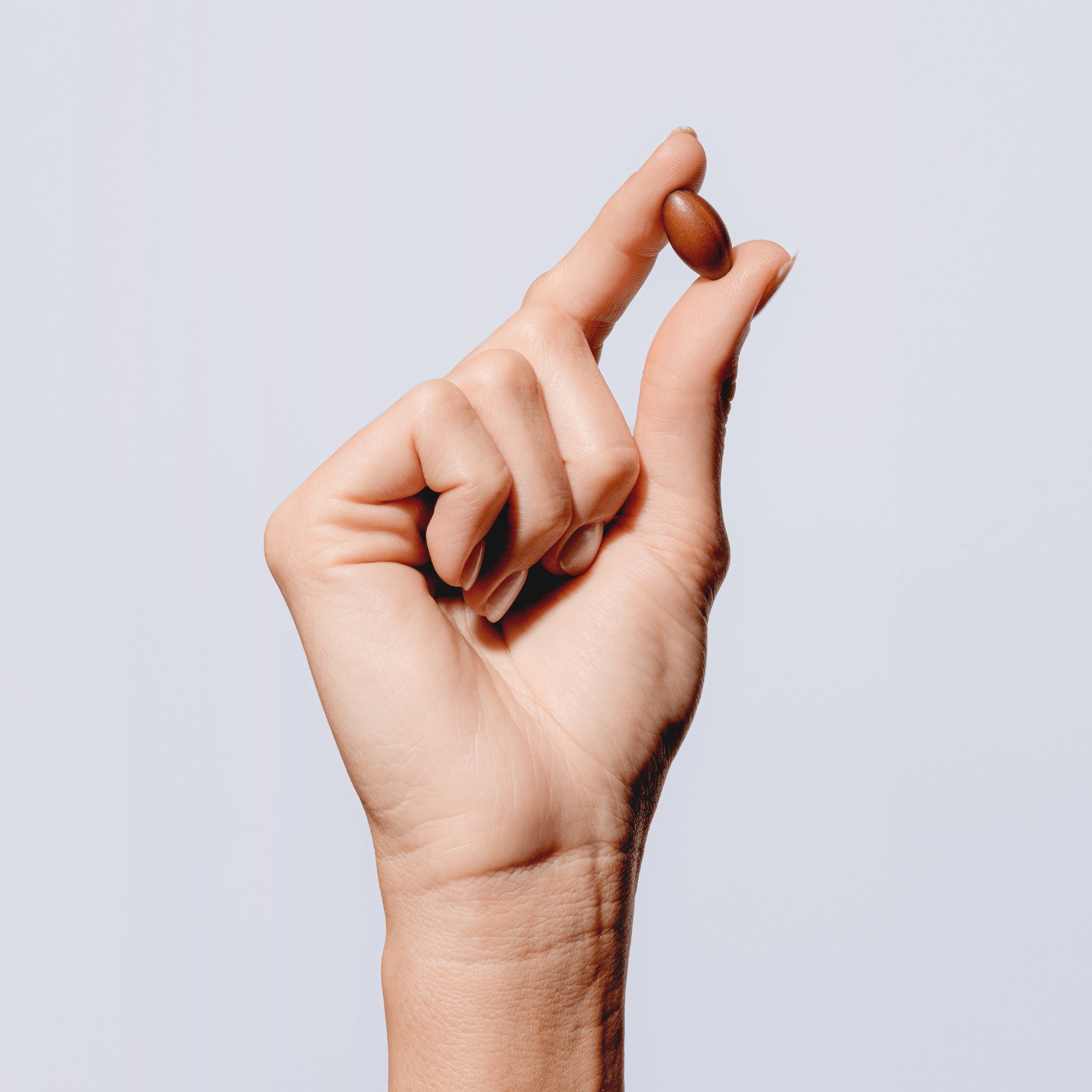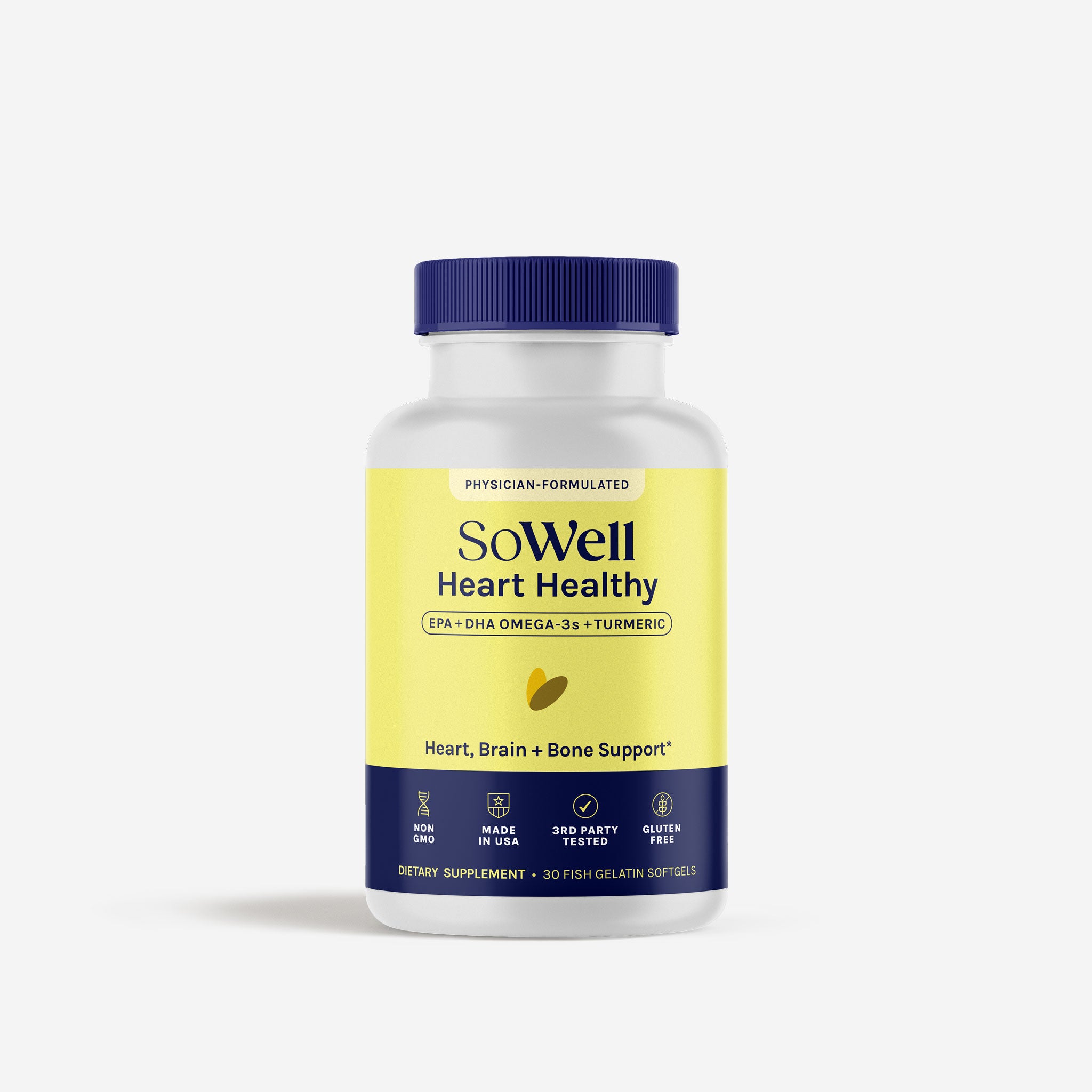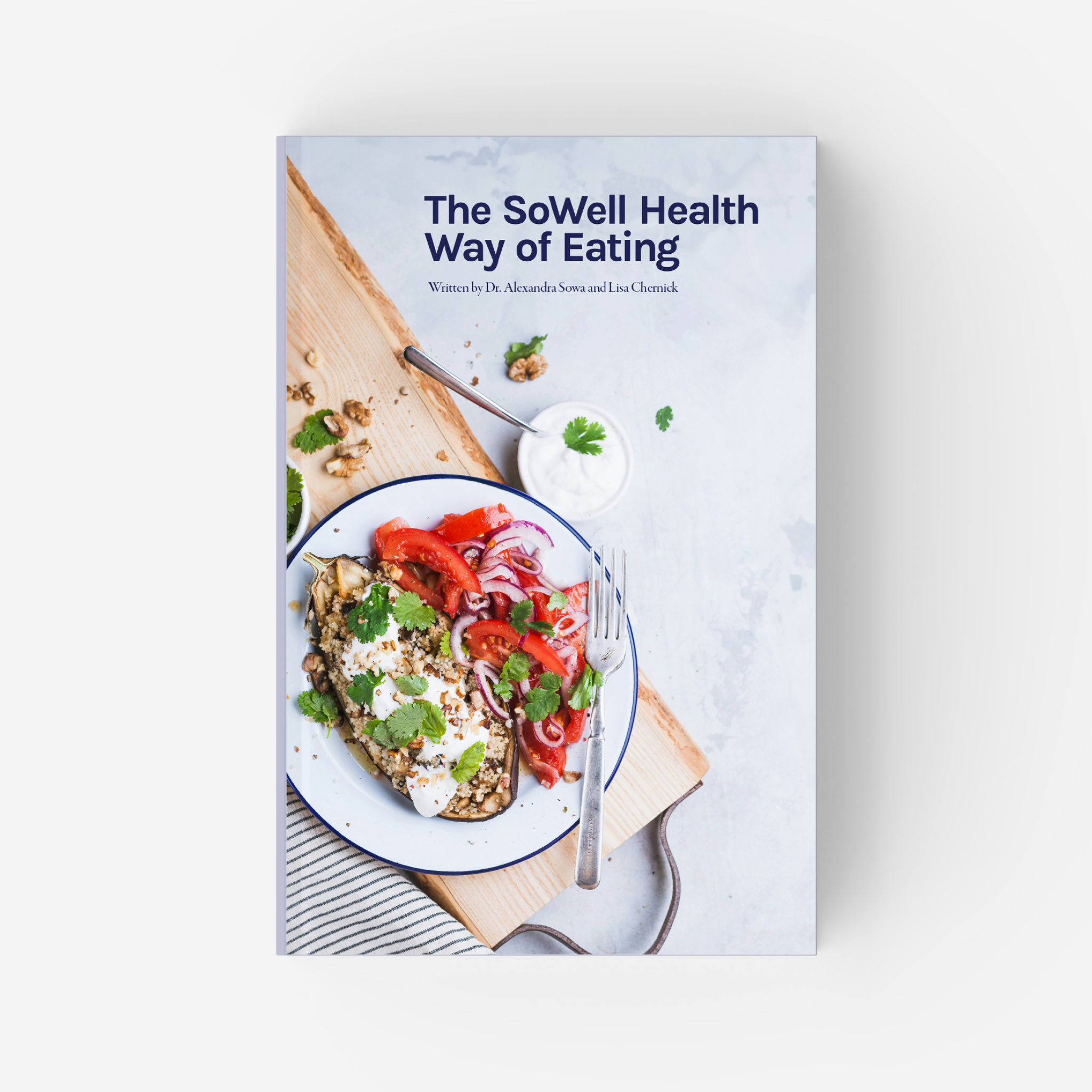
Traditional weight loss advice prioritizes cardio to burn calories, but anyone who has overextended themselves with cardio knows that this approach generally isn’t sustainable or effective in the long run.
And for anyone on a GLP-1 medication, this advice is even less useful because GLP-1 medications change the weight loss process. Intense workouts can lead to weakness, fatigue, and nausea; not to mention many people have a hard time eating enough on these medications.
The key is to adopt a lifestyle that prioritizes healthy movement and a strong body for long-term wellness. Here’s what Dr. Sowa recommends to her patients.
Be More Active
Cooking, cleaning, walking instead of driving, and playing with your kids all contribute to what’s considered an active lifestyle. The more active you are—without adding additional exercise to your routine—the easier it is to maintain a healthy weight.
- Get off the bus or train one stop early
- Park further away
- Take the stairs
- Walk to run errands
- Take short walks after meals
- Vacuum and clean instead of outsourcing it
- Get a walking pad for your standing desk
Aiming for 10,000 steps a day is the ultimate goal for being more active! Bonus: the more you move, the more energized and alert you’ll feel.
Focus on Weight Training
Muscle burns more calories than fat at rest, and for those who are on a weight loss journey, maintaining muscle mass is critical. It’s normal to lose some muscle as you lose weight, but you’ll want to preserve as much as possible to keep your BMR (basal metabolic rate) up. AKA how many calories your body burns at rest.
Tips for Getting Started with Weight Training
- Start with bodyweight exercises. Pushups, squats, and lunges require no equipment but are effective for building muscle.
- Shop for a gym or home fitness program. Following a pre-created plan can help you stay on track.
- Consider a personal trainer. A trainer is the best way to learn proper form and stay on track with your program!
- Focus on protein and hydration. Add enough protein to your diet with a protein supplement or through strategic meals. An electrolyte powder can help you replenish after working out.
Aim to get 20-40 grams of protein with each meal and 2-3 resistance training sessions per week.
Measure Beyond the Scale
Tracking weight can help you stay accountable on your weight loss journey, but as your body composition changes, it’s also helpful to track fat mass and muscle mass.
Tracking Your Body Composition
- DEXA Scans: A medical imaging test that measures bone density and can measure body composition, including fat and lean mass distribution.
- Bioelectrical Impedance Analysis (BIA): Available in many gyms, BIA estimates body composition, particularly body fat and muscle mass, by sending a weak, imperceptible electrical current through the body.
- Skinfold Analysis: A cost-effective, but less precise, method offered by many gyms and personal trainers, which uses calipers to estimate subcutaneous fat.
- At-Home Body Fat Scales: Convenient and affordable, these scales can be helpful if used alongside other metrics. You can download our list of the top body composition scales right here.
- Your Clothes! The easiest way to track progress is to notice how your clothing fits. If they're getting looser while the scale stays the same, your body composition is improving.
Exercising the SoWell way means adopting a holistic approach that includes increasing daily movement, prioritizing muscle mass, and consistently tracking your progress. Focusing on these aspects of exercise supports sustainable weight loss and overall well-being, helping you achieve and maintain your health goals in the long term. You’ve got this!
